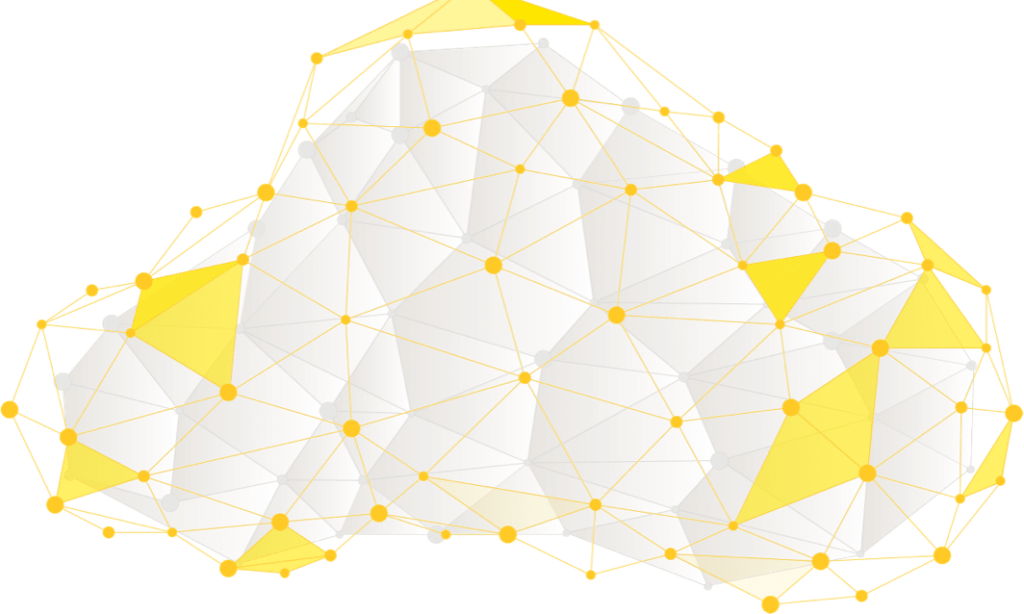Agriculture
- Home
- Agriculture
Agriculture is one of the largest industrial sectors in the world. In the United States alone, production and distribution of food is a $1.7 trillion business. Many processes in the agriculture industry can be efficiently monitored, optimized and automated by the means of artificial intelligence. This is reflected in high growth forecasts. For example, according to PwC, IoT-enabled Agricultural (IoTAg) monitoring alone is projected to reach $4.5 billion by 2025, and is among the fastest growing sectors in agriculture.

What AI Can Do?
- Soil Analysis
- Livestock Health Monitoring
- Outbreak Detection
Optimal strategy of land farming critically depends on the chemical composition of soil and presence or absence of specific minerals. However, traditional spectroscopic analysis of soil is generally expensive, time consuming and sparsely available across the world. However, using deep learning and modern image processing techniques, it is possible to perform a competitive soil analysis using pictures taken from any smartphone and detect presence or absence of critical minerals. This can then help farmers optimally choose which crops to harvest and what kind of fertilizers to use.
Using IoT enabled sensors, it is now possible to collect a huge amount of daily data on cows and other livestock. Leveraging this data, it is then possible to optimize for the cow’s health, dairy production and long term well being. Using AI enabled drones, cattle grazing in the open land can be kept an eye on and ensure that no cattle gets lost. These drones can further perform thermal scans which can help pinpoint medical symptoms such as higher than usual body temperature for a cattle. Labor costs can also be drastically reduced by using computer vision based smart solutions to remotely monitor the livestock.
A key use case of AI in livestock monitoring is disease prediction. Generally, due to the animals living in close proximity, an infection can quickly spread through the cattle. If the virus is deadly, then that can result in the death of a large number of cattle and huge loss to the owner. By using modern methods, a sick animal can be quickly detected and quarantined. This can prevent the spread of infection to other animals and help ensure that, even if disease is deadly, the loss is as small as possible.
According to the estimates by the Food and Agriculture Organization of the United Nations, annually between 20 to 40 percent of the crop around the world is lost to pest attacks. Each year, the global food economy suffers a loss of $220 billion due to plant diseases and a loss of as much as $70 billion due to attacks by pests and various insects. The critical problem with pest attacks is that they reproduce rapidly and therefore once their population grows beyond a critical value, they become very hard to eradicate and can eat away the crops across the whole continents causing famine.
The key to preventing pest attacks is their early detection and preventing them from spreading too far and wide and immediately working on solutions to eradicate them. However, traditionally, due to their extremely small size, small pockets of pests are hard to detect, and the farmers only become aware of their presence when their population has grown significantly and the adverse effects on crop health become apparent. In recent years, a novel solution has been trialed when using drones, footage over large swaths of agricultural lands is captured. Modern computer vision methods are then tasked to analyze the footage, which can then flag potential pest outbreak pockets. Farmers, or government officials, can then act on this information and move to destroy the pests. Hence, preventing larger pest outbreaks.







